Two of the most beautiful European cities, both standing for joie de vivre and openness, are slowly recovering from recent terrorist attacks in their own ways.
They may belong to two different countries and be separated by 800 kilometres, but they have so many things in common, Nice and Munich. Both located in the South Eastern corner of their country close to an international border, they cling to the foothills of the Alpine range, one to the north and the other to the south, and both are strikingly beautiful cities that celebrate life, culture, and tolerance. They both have a fiercely independent character and are proud of their long history, traditions, and local language. Between them, they even share your humble chronicler who was born and raised in Munich and later elected Nice as her new home town. And now they have become even further bound by the same tragic fate of being the scene of a terrible terror attack.
When the brightly burning candle of life is snuffed out so abruptly, how does one cope? How does a city come back from that and keep moving forward? How do people recover?
Nice, July 14, 2016: A radicalized jihadist plows his 19 ton truck into a festive crowd that had gathered to watch the annual fireworks in honor of Bastille Day, the national French holiday. More than 85 people, including 10 children, were killed, and hundreds were injured, many of them critically. Beyond the human death toll, there was another victim: the Promenade des Anglais, the most iconic of Niçois avenues. A place that symbolizes all that Nice stands for … joie de vivre, encounters with people from all walks of life, beauty, leisure, happiness. It is even named for the first English tourists who strolled down the path along the Mediterranean beach over 200 years ago. In less than one minute, the joyfully bustling atmosphere that had reigned here for centuries turned into a chaotic, apocalyptic nightmare of brutal, senseless murder.
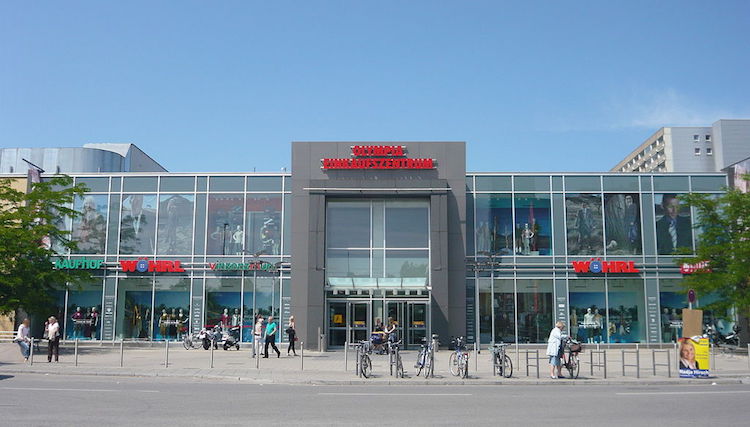 Munich, July 22, 2016: A mentally and psychologically troubled 19 year old shoots and kills nine people at random, causing widespread mass panic. The attack happened at a fast food restaurant adjacent to a large crowded mall on a Friday, toward the end of the day as visitors were busy getting their weekend shopping done, or just unwinding after a week of hard work. Located in a modest middle class neighborhood, the mall is one of the oldest ones in town, a mere stone’s throw from the Olympic stadium. With several large high schools nearby, the Olympiaeinkaufszentrum (“OEZ” – pictured above) has traditionally been a popular hangout for young people from various ethnic and cultural backgrounds, of which Munich has a large number. The majority of victims were teenagers, just enjoying a burger and a coke, and maybe engaging in some awkward, innocent flirting.
Munich, July 22, 2016: A mentally and psychologically troubled 19 year old shoots and kills nine people at random, causing widespread mass panic. The attack happened at a fast food restaurant adjacent to a large crowded mall on a Friday, toward the end of the day as visitors were busy getting their weekend shopping done, or just unwinding after a week of hard work. Located in a modest middle class neighborhood, the mall is one of the oldest ones in town, a mere stone’s throw from the Olympic stadium. With several large high schools nearby, the Olympiaeinkaufszentrum (“OEZ” – pictured above) has traditionally been a popular hangout for young people from various ethnic and cultural backgrounds, of which Munich has a large number. The majority of victims were teenagers, just enjoying a burger and a coke, and maybe engaging in some awkward, innocent flirting.
Both cities’ police and ambulance responded amazingly fast and well, still trying to save lives wherever possible in the middle of utter devastation, and the population reacted sensibly and with measured caution.
Needless to say that immediately after the events, a flurry of popular celebrations and events that hallmarks the summer season both in Nice and in Munich, were cancelled, not only out of respect for the victims but also for security concerns. The Nice Jazz Festival, always one of the summer highlights in town, was called off right away, as was Rihanna’s concert. Many other shows, like Directo Production’s immensely popular Les Plages du Rire, or the Prom’ Parties throughout July and August, followed suite. On the other side of the Alps, Munich axed the long-awaited Sommertollwood festival, among others. And beyond deploying a tremendous presence of police and military, both cities are currently also feverishly working on safety and security solutions for upcoming major events, such as the upcoming annual Oktoberfest in Munich, which in the space of a fortnight usually receives about 6 million visitors.
But beyond the practical steps, how can you recover from such trauma, as a city and as a citizen? How can you overcome feelings of resentment toward a specific ethnic or religious group, or move past your fears that something like this might reproduce?
Nice: “M’en bati, Sieu Nissart!”
The immediate impact on Nissa la bella, which largely depends on tourism as its main industry, was frightening. In the weeks immediately following the attack, the height of the feverish tourist season when usually two million visitors compete for space, the City by the Angel Bay almost resembled a ghost town after tens of thousands of tourists changed their travel plans, and locals had just left on their annual vacation away from the hustle and bustle of the Riviera. Beaches that normally crawl with sunbathers, were sparsely populated. Favorite landmarks like Place Masséna, Place Garibaldi, the Coulée Verte, or even just the restaurants and bars along the Prom’, were all but deserted. Where there used to be laughter and music, eerie silence had settled over town, only interrupted by the occasional blaring of sirens, which in turn had everyone immediately on edge. And many locals had the sad task of going to a funeral not once, not twice, but three times or more.
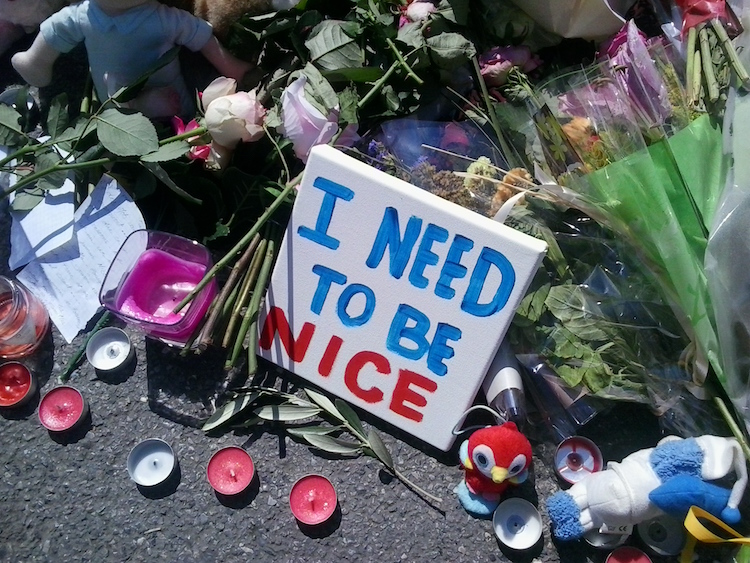
A few weeks have passed since July 14. The flowers and wreaths have wilted, the letters, teddy bears, photos, and other gifts left at the memorial site are slowly being moved to a municipal archive that has been earmarked to house them. And very slowly, visitors are returning and things are slowly improving, but nothing is back to normal. Or rather, the old “normal”. Today, the new everyday life on the Prom’ includes heavily armed police and military patrols, and a slalom around hundreds of blood stains that are still very much visible on the ground. And the atmosphere has changed, the former insouciance and carefreeness is gone. With over 400,000 inhabitants, Nice is not a small town but small enough that – even if one was spared personally – everyone knows someone who was not …
But the prevailing sentiment among the population is not so much one of fear, it’s anger and frustration. Anger at the terrorist, of course, but tremendous frustration over a national government which is perceived as too Parisocentric to care much about a “provincial” town and not doing enough to secure it…. over national politniks and technocrats who in typical French fashion heatedly debate and point fingers to further their 2017 election agenda … and over mindless tourists who in a display of exceptionally poor taste take selfies next to the bloodstained sites where someone lost their life or the makeshift personal memorials that are still very much present on this 2 km stretch of the Prom’.
Mixed in this anger and frustration is heavy defiance though. “M’en bati, Sieu Nissart!”, (I don’t give a damn, I’m from Nice!) is the local motto, now more than ever. No, terror won’t stand a chance here anymore. Even though the big summer events with a heavy accent on “party” and those representing a significant security challenge have been cancelled for this year, life is slowly fighting its way back to the surface: Two regional festivals of classical music – the one in St. Paul de Vence which just ended, and the one in Menton which is being held right now – have taken the courageous decision to blaze the trail, encouraging other organizers to follow their example. Cannes decided to go ahead with its annual display of fireworks, preceded by a minute of silence in honor of its neighboring city. Naturally, all these events are significantly more subdued than they would ordinarily be but they are proof of the indomitable spirit and the thirst of life that govern the Countea de Nissa.
“It is a terrible blow and we are all devastated and in mourning for the victims. But fear? No! We are resilient here, and we know that we need to make the best of life while it lasts. If I get blown up, so be it but I want to get blown up with a glass of rosé in one hand and my other arm around a friend’s shoulder,” so the bold proclamation of Charlie Mozzatti, a five-generation Italo-Niçois who was on the Prom’ on the night of the attack and lost a young relative. We meet him at the popular Blue Beach café owned by René Colomban who is also the president of the beach restaurateurs’ association.
René chimes in, adding that although it will be difficult for everyone to get past the horror, the sheer force of life itself will eventually overcome tragedy. “Throughout history, humanity has always proven that it can get back on its feet again, even after nuclear bombs. Work is the best therapy, and we need to plunge into it to get over our pain and welcome visitors from all around the world with a smile,” he states. And in fact, the Ville de Nice is currently preparing a large-scale campaign to restore and renew the well-known image that Nice enjoys in the eyes of the world, one of fun, happiness, and strength. City dignitaries, representatives of the three monotheistic religions, and artists also rally to bring different viewpoints together and advocate fervently not to throw moderate, law-abiding Muslims and radicalized ones in the same pot.
Munich: “Mia san mia”
In Munich, things are not that different. This is a breathtakingly beautiful city of 1.3 million, close to the Austrian border and traditionally the first major entry point into Germany that immigrants from Southeastern Europe or the Southern Mediterranean flock to, but at the same time it is a village at heart where neighbors still know each other. The capital of the Free State of Bavaria is a wealthy and outdoorsy city, which sports Europe’s largest park (Englischer Garten), countless opportunities for cultural and athletic activities, and of course the famous beer gardens, the best place to mix and mingle, to share your food with complete strangers who happen to sit at the same table, and to turn them into friends inside the time it takes you to down your Maß (the impressive 1 liter beer stein). Steadfast in observing its ancient traditions but progressive on the economic and social side, Munich is the kind of place where Lederhos’n and leopard jeggings, bikinis and burkahs peacefully coexist, where women can sunbathe topless in the park without anyone batting an eye, and where Schorsch from Schwabing is best friends with Ali from Antalya. You dine at ultra-posh Käfer’s or at a modest neighborhood Wirtschaft? No problem for the “other side”. High society or D list starlet, ecowarrior or almost-ex-hippie, Nobel-prize winning scientist or starving artist, celebrated sports champion or a member of the Jedermann family with its statistic 2.4 kids, a large friendly dog, and a suburban picket fenced property … it’s all good, live and let live. “Mia san mia”, as they say in Munich, meaning “we are unique in our way” ... It’s a young and exuberant city but still steeped in its Catholic roots – you sin, you confess, you’re forgiven, and you start over, errare humanum est.
And a few weeks ago, this idyllic, bohemian, tolerant, cultural hodgepodge of a city, so much closer in geography and mentality to Italy and the Mediterranean than to faraway, Lutheran, Prussian Berlin, became the theatre of the biggest serial killing in history, wartime aside.
Granted, the Munich attack was by far not on the scale of the one Nice had to endure, and apparently not religiously motivated, but who is counting when terror of whatever nature happens and when you mourn and bury your dead, especially after both countries had previously already been the target of other terrorist violations? The shock hit home deeply, and the immediate reaction was one of quiet reflection. Many older citizens were vividly and painfully reminded of the wave of domestic terror attacks in the 1970s by various infamous far left radical organizations, and the 1980 Oktoberfest bomb that killed 12 people and injured hundreds.
This attack came at a time when the political refugee/migrant debate had just reached a fever pitch, and was carried out at the hand of someone who was German-born but of Iranian descent. The temptation of mutual finger pointing was there, but the pragmatic side won out and focused on moving forward, together. The people of Munich paid heartfelt homage to the victims … and then celebrated. Not in a rowdy, self-absorbed way – but they deliberately made a decision to celebrate the lives of the young people they had just lost by doing what they would have wanted to do: go out, listen to music, watch some fireworks, and eat and drink with their neighbors from foreign shores.
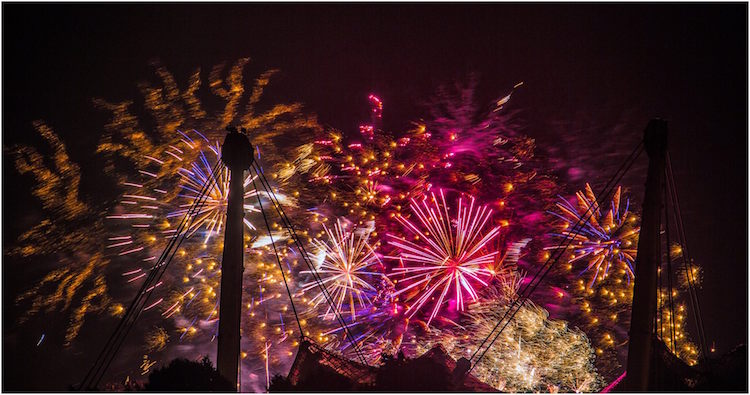 “The key is to simply get to know each other and understand why they are doing things the way they do. Coming together and sharing a meal is the shortest and fastest way to bridge cultures and differences. You cannot NOT be friends with someone you just sat at the same table with,” is the philosophical opinion of Munich-born Venezuelan student Christina Discarrio, representative for many. “We may have our differences but diversity makes us strong and unique as a society. And that gives us the power to stand up against hatred together, regardless if it comes from the outside or from within.”
“The key is to simply get to know each other and understand why they are doing things the way they do. Coming together and sharing a meal is the shortest and fastest way to bridge cultures and differences. You cannot NOT be friends with someone you just sat at the same table with,” is the philosophical opinion of Munich-born Venezuelan student Christina Discarrio, representative for many. “We may have our differences but diversity makes us strong and unique as a society. And that gives us the power to stand up against hatred together, regardless if it comes from the outside or from within.”
And Now…?
Two magnificent cities linked by so many similarities, which now sadly also includes a shared history of horrific terrorist attacks. But both cities, and their people, are survivors with the same fiercely proud and strong spirit. Both refuse to give in to despair and hostility. Both will overcome adversity and become even bigger, better, and stronger. Both brought out the best in their citizens in the hour of dire need, when everyone came together in a forceful display of solidarity – opening their homes to stranded strangers, offering help in countless material and immaterial ways, creating artwork to honor the tragedy, and standing up for freedom, peace, justice, and unity. I could not be prouder to call both my home towns – Munich where I was born, bred and buttered, and which minted me in so many ways, and Nice which welcomed me so generously years ago when I traded in Lake Starnberg for the Mediterranean Sea and Brez’n for socca. To both cities and its people, “Dankschee” and “Gramaci” for being and remaining immensely livable, open, and welcoming places where fear mongering has no room.
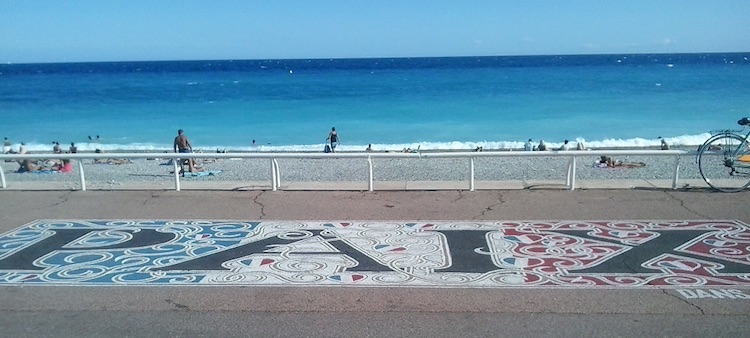
![]()
Lead image © Tamara Menzi; Nice photos © Natja Igney; OEZ photo by Bauhaus-Jünger (Own work) [Public domain], via Wikimedia Commons; photo of Munich fireworks © Martina Schikore


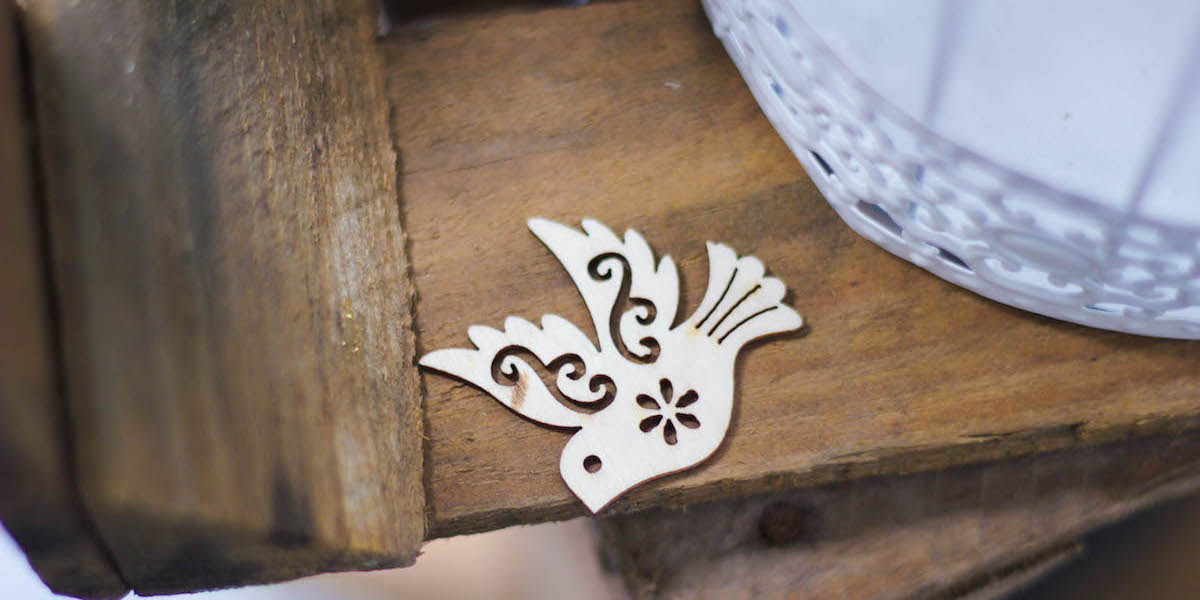
Leave a Reply